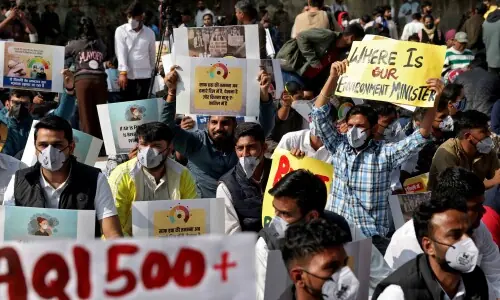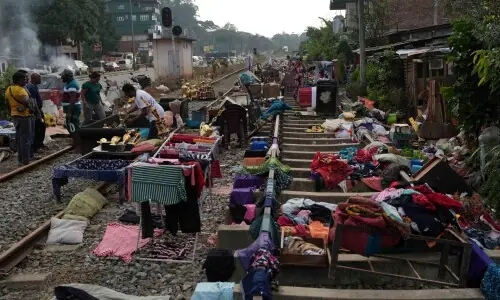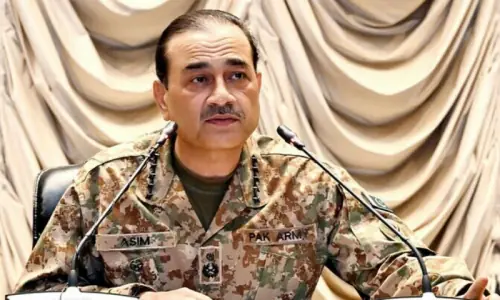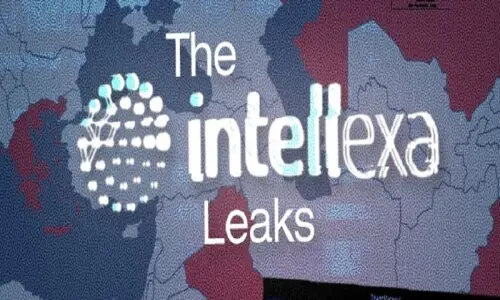MY friend Charles Greig is a distinguished British art historian and scholar. He grew up in colonial Africa but attended school and university in England. After graduation, he joined the fine art auctioneers, Christies in London. Since 1984 he has worked as an independent art consultant and scholar specialising in particular on paintings of the Indian subcontinent by 18th and 19th century European and Company School artists. In 1985, he partnered with Giles Eyre, another period art specialist, who was also a close friend of the notable Archer’s, John and Mildred.
Greig has been responsible for the formation of a number of impressive private collections both in Britain and India. One such important collection includes that of Daylesford House, Gloucestershire, England — the house formerly owned by the Governor-General of British India, Warren Hastings. During the last few years he has been seriously researching the works of Johann Zoffany (1733-1810) done in colonial India and in the West. A major exhibition of Zoffany opened at the Yale Centre for British Art, USA, in October 2011 and, then moved on to The Royal Academy in London, UK in March, 2012. For the first time ever, two paintings done in Dhaka in 1787 by Zoffany were given pride of place at the London exhibit, displayed side by side as pendants with Dhaka, Bangladesh prominently mentioned because of the initiative of Greig. To date, these two extraordinary Zoffany’s are the earliest known paintings of Dhaka done by a European artist. This recent ‘discovery’ created a sensation in the art circles in the West and enhanced the market price of the paintings manifold.
The two historical edifices in Dhaka painted in 1787 by Zoffany include the Lalbagh South Gate and Colombo Sahib’s mausoleum at Narinda cemetery. The Dhaka paintings are termed as landscapes by art academics. The ‘Nagaphon Ghat’ was first identified by Greig in 2011, based on a comparison of the figures in the painting with other figures in various Indian paintings by Zoffany, the figure representations being identical. Secondly, by comparing the moonlight in this painting with the delineation of the moonlight and sky in another Zoffany painting ‘The Last Supper’ in St. John’s Church, Calcutta and thirdly, by the brushwork and technical brilliance of the painting.

The Zoffany painting of the moonlight scene with Colombo Sahib’s tomb has a title which simply reads as ‘Nagaphon Ghat’. Around the fire of the funeral pyre are grouped Nagas or ascetics and it is presumed that what Zoffany painted there was both a funeral and the celebration of the Nagara Panchami festival. Both the Dhaka paintings reflect Zoffany’s keen interest in antiquity and the narrative of everyday life.
At the opening of the Zoffany exhibition at Yale, Oct 2011, the ‘Nagaphon Ghat’ was regarded by many of those attending as one of the most beautiful paintings ever. Likewise, the ‘The South Gate of the Lalbagh,’ too, is a work of the highest quality. The animated scene and the figures are as masterly as is the depiction of the minute architectural details of the ruined gate. Today, Greig is the proud possessor of these two remarkable Zoffany’s. He had the Lalbagh painting restored in December 2011.
There was a sale at Sotheby’s in London in the first week of December 2011, which included ‘The South Gate of the Lalbagh’ painting, catalogued by them wrongly as by Robert Home. Greig went to see the painting and examined it in detail. With his expertise he was certain he had discovered a Zoffany. Compared to Zoffany, Home was less skilled as a painter, who was never capable of such brilliant handling of paint or such sensitivity in the delineation of Indian figures. Surprisingly enough, this extraordinary painting which was offered for sale twice in New York failed to sell there. It also failed to get a buyer later on in the London sale. Greig bought it after the sale and started his research. The curator of the Zoffany exhibition and all the other art experts now agree unanimously with Greig that it is beyond doubt by Zoffany.
Likewise, the Narinda painting was also long confused by Western art experts as a view somewhere in upper India. Dhaka or East Bengal never remotely entered anyone’s imagination. Greig saw images of the Lalbagh South gate and Colombo Sahib’s tomb in the Nagaphon Ghat, in vintage photographs made public by the British Library. It is surprising that the Lalbagh painting was in the market for so many years without any scholars recognising it as an important work by one of the greatest painters from Europe ever to visit the Indian subcontinent.
Greig should be remembered by us for his identification, research and attribution of the two spectacular Zoffany paintings. At the three-month-long exhibition, ‘Johann Zoffany: Society Observed,’ at the Royal Academy in London from 10 March 10-June 10 in 2012, thousands of people have filed past these two beautiful paintings with Dhaka, Bangladesh, prominently mentioned against them.
The writer is the founder of Bangladesh Forum for Heritage Studies
The Daily Star / Bangladesh
Published in Dawn September 28th, 2016



































